Accommodations: Stay in Traditional Ryokans or Modern Hotels
- Accommodation
- 28 Apr, 2025
Introduction
When planning a trip to Japan, one of the most important decisions you’ll make is where to stay. Japan offers a fascinating spectrum of accommodation options that can significantly impact your travel experience. On one end, you have traditional ryokans that provide an authentic glimpse into Japanese culture and hospitality. On the other, you’ll find ultra-modern hotels with cutting-edge amenities and contemporary design. In this guide, we’ll explore both options to help you decide which type of accommodation will best suit your Japanese adventure.
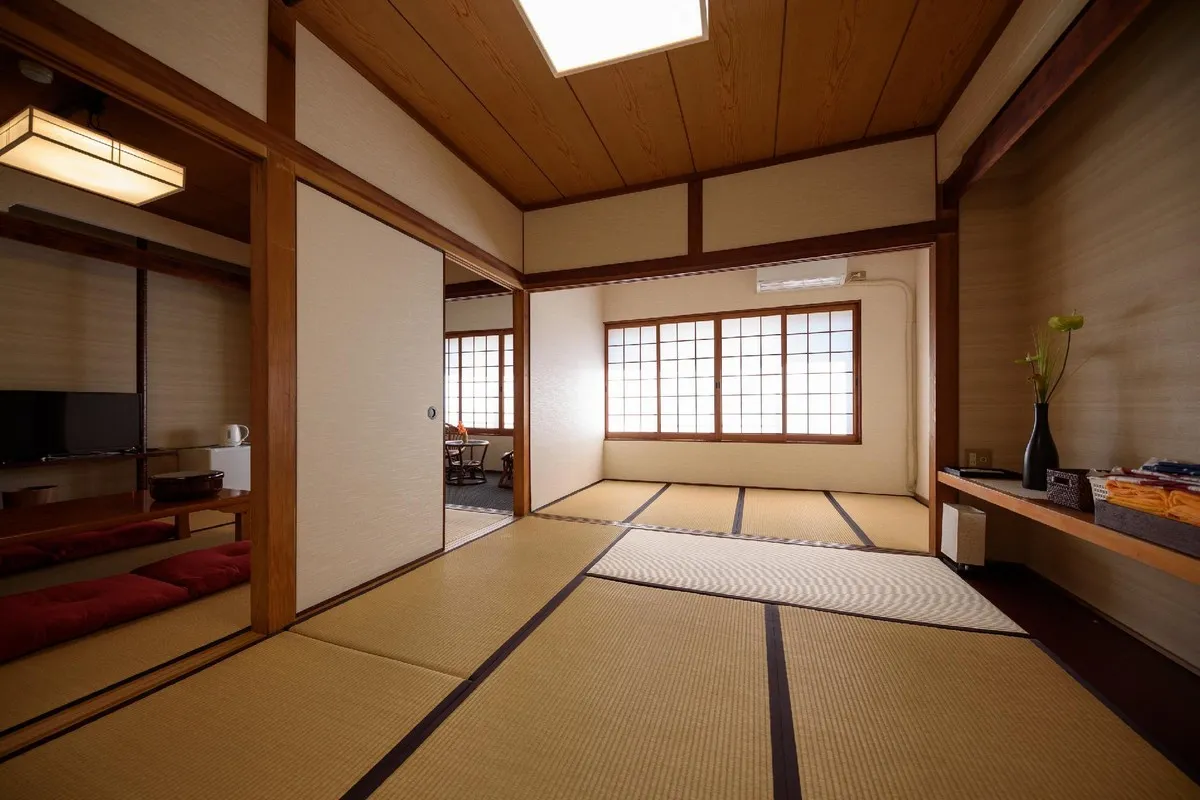
Traditional Ryokans: An Immersive Cultural Experience
What is a Ryokan?
A ryokan is a traditional Japanese inn that dates back centuries. These accommodations were originally built to serve travelers along Japan’s ancient highways during the Edo period (1603-1868). Today, they offer visitors a chance to experience Japanese hospitality in its most authentic form.
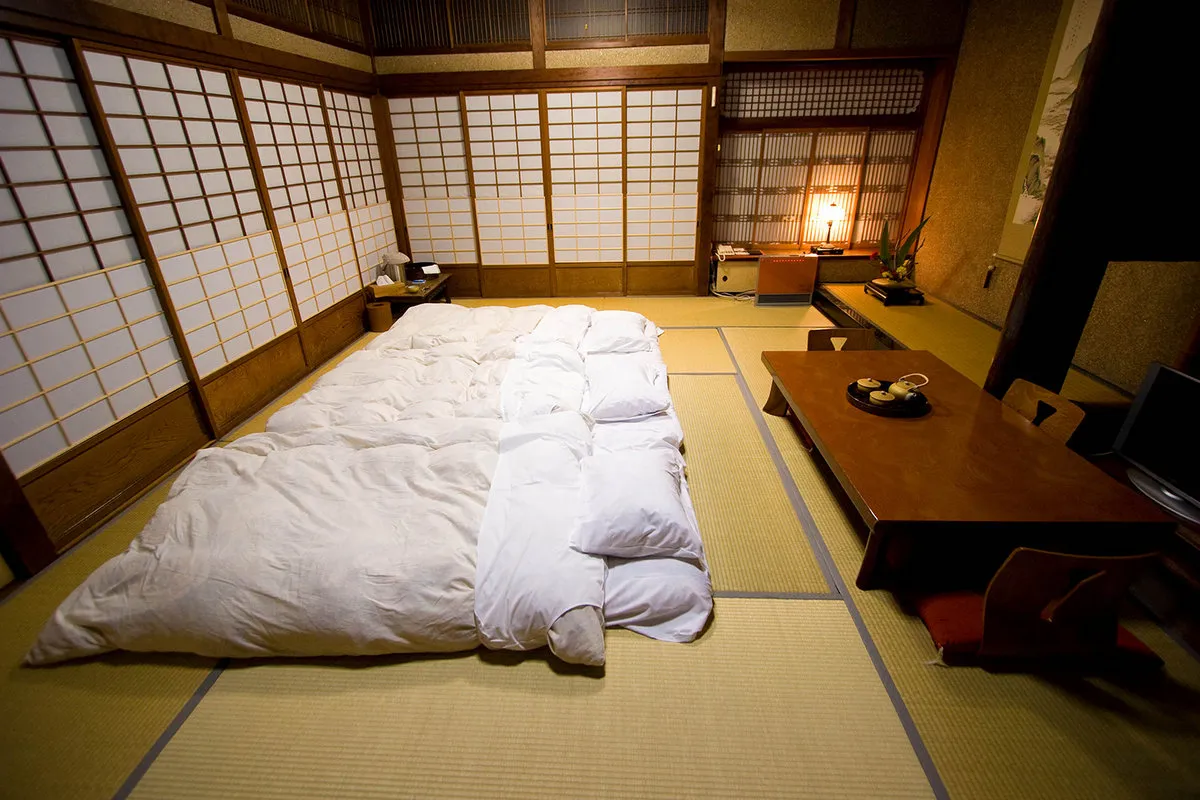
The Ryokan Experience
Staying at a ryokan is more than just booking a room—it’s immersing yourself in Japanese tradition. Upon arrival, you’ll typically:
- Be greeted by staff wearing traditional kimono
- Remove your shoes at the entrance
- Be served tea in your room by a dedicated attendant (nakai-san)
- Sleep on futon bedding laid out on tatami mat floors
- Wear a provided yukata (casual cotton kimono) during your stay
Most ryokans feature communal bathing facilities, often including onsen (natural hot springs) if the location permits. These baths follow specific etiquette: you must wash thoroughly before entering the bath, and bathing is done without swimwear.
Dining at Ryokans
One of the highlights of a ryokan stay is the kaiseki dinner—a multi-course traditional Japanese meal featuring seasonal and local ingredients. Meals are often served in your room or in a dedicated dining area and are considered culinary works of art.
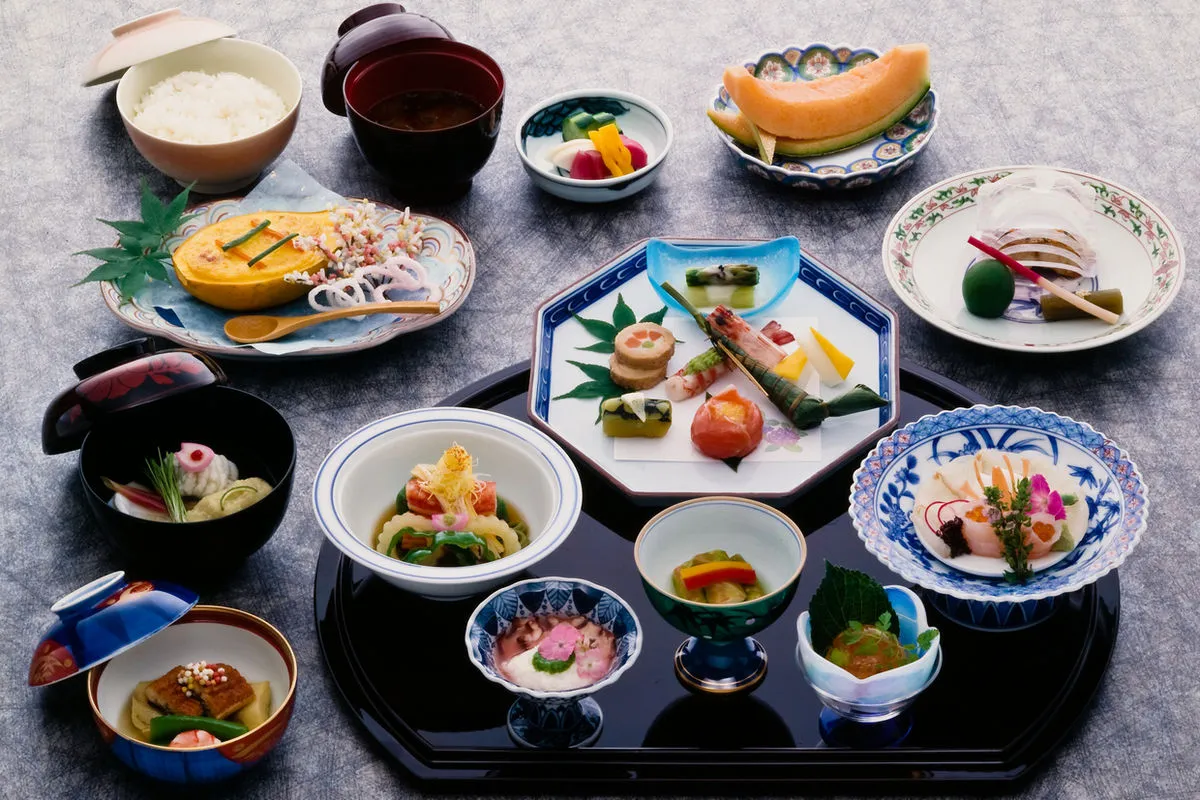
Price Range
Traditional ryokans range from moderately priced (¥10,000-20,000 per person per night) to luxury experiences exceeding ¥50,000 per night. This typically includes breakfast and dinner.
Who Should Stay in a Ryokan?
Ryokans are perfect for:
- Cultural enthusiasts seeking an authentic Japanese experience
- Travelers looking to disconnect from technology and modern distractions
- Food lovers interested in traditional Japanese cuisine
- Those who appreciate mindfulness and tranquility
Modern Japanese Hotels: Comfort Meets Innovation
The Contemporary Hotel Experience
Japan’s modern hotels range from familiar international chains to uniquely Japanese concepts. What sets them apart is Japan’s dedication to efficiency, cleanliness, and technological innovation.
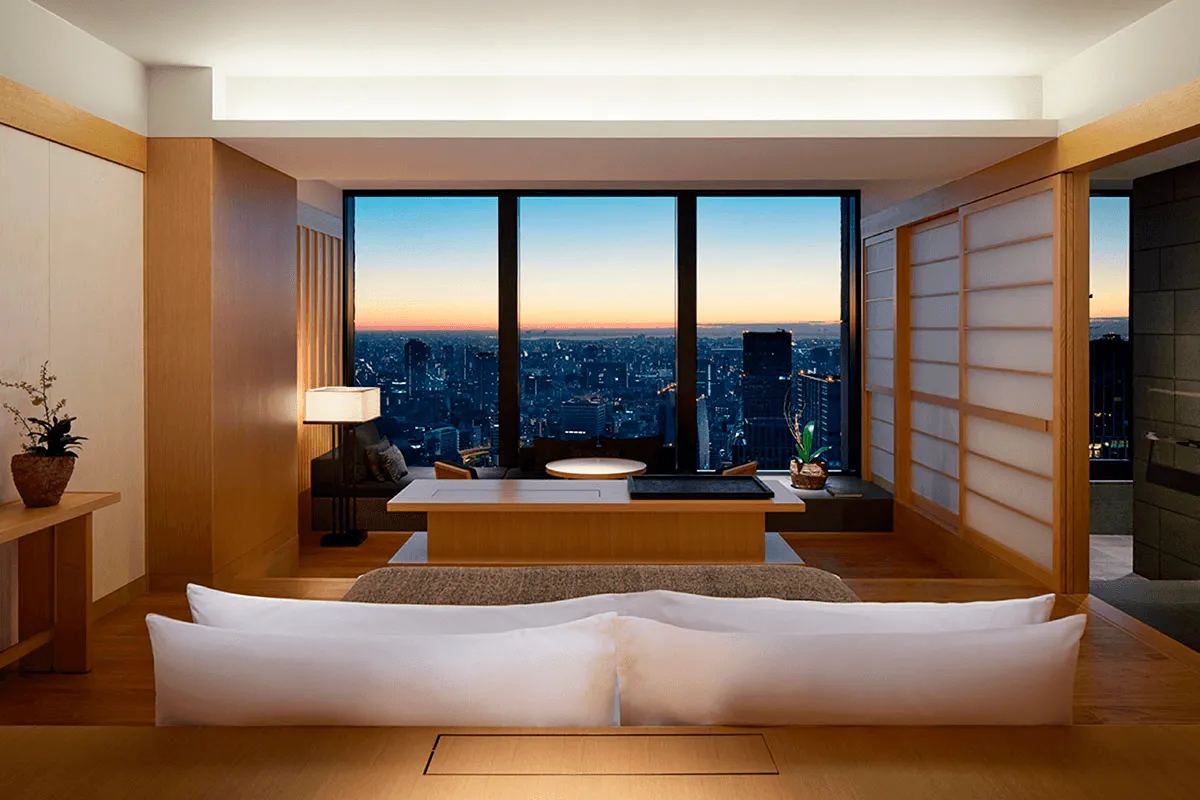
Types of Modern Accommodations
Business Hotels
Compact, efficient, and affordable, business hotels offer clean, comfortable rooms with all the essentials. Perfect for solo travelers and those prioritizing location over space.
Luxury Hotels
Japan’s luxury hotels compete with the world’s finest, offering impeccable service, stunning design, and exceptional amenities. Many feature world-class restaurants, spas, and spectacular city views from higher floors.
Boutique Hotels
Design-forward boutique properties blend Japanese aesthetics with modern sensibilities, creating unique spaces that feel both contemporary and culturally connected.
Technology and Amenities
Modern Japanese hotels often feature:
- High-tech toilet systems with multiple functions
- Automated check-in kiosks to streamline arrival
- Smart room controls for lighting, temperature, and entertainment
- Fast, reliable Wi-Fi and multiple charging options
- Sound insulation that ensures peaceful sleep even in busy urban centers
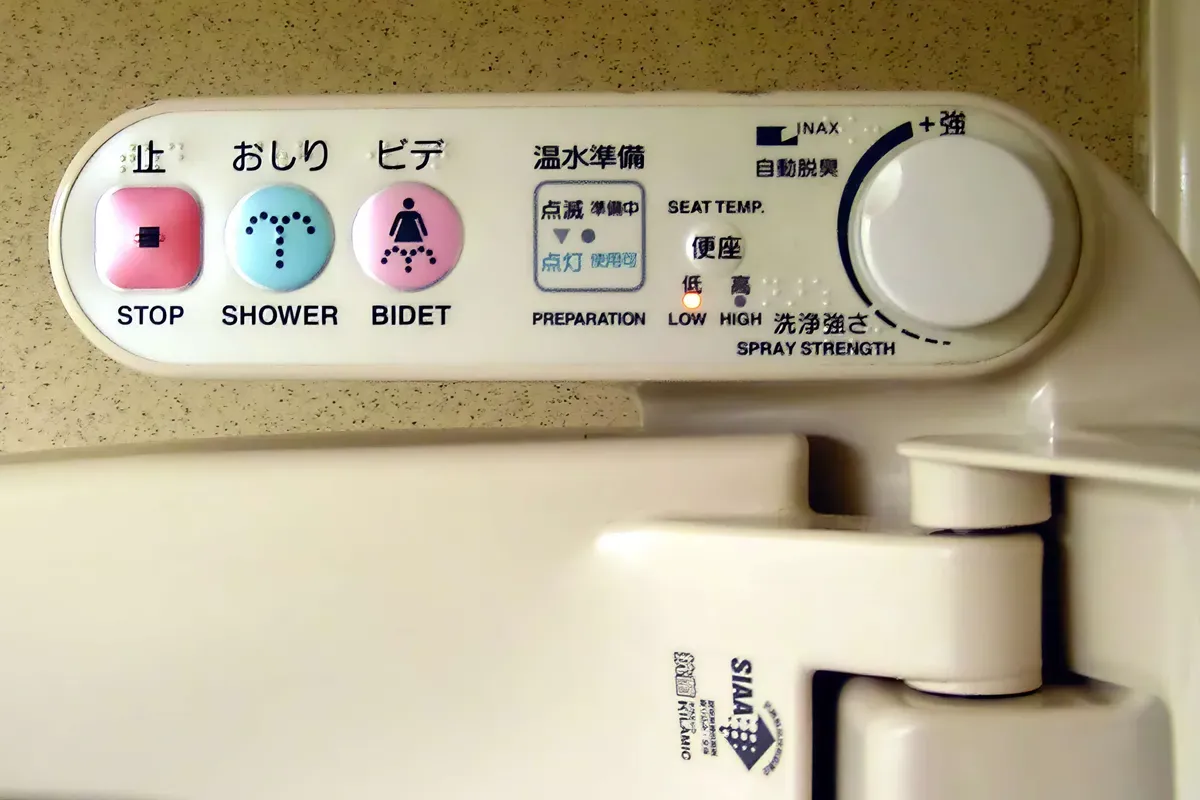
Price Range
Modern hotels range from budget-friendly business hotels (¥8,000-15,000 per night) to luxury accommodations (¥30,000+ per night).
Who Should Stay in Modern Hotels?
Modern hotels are ideal for:
- Business travelers needing reliable amenities and connectivity
- First-time visitors to Japan who might find ryokans challenging
- Families requiring more space and flexible sleeping arrangements
- Tech enthusiasts fascinated by Japan’s modern innovations
- Travelers with accessibility needs
Unique Accommodation Options
Hybrid Ryokans
Some properties offer a blend of traditional and modern experiences. These “hybrid ryokans” feature tatami rooms and onsen baths alongside Western beds and modern amenities.
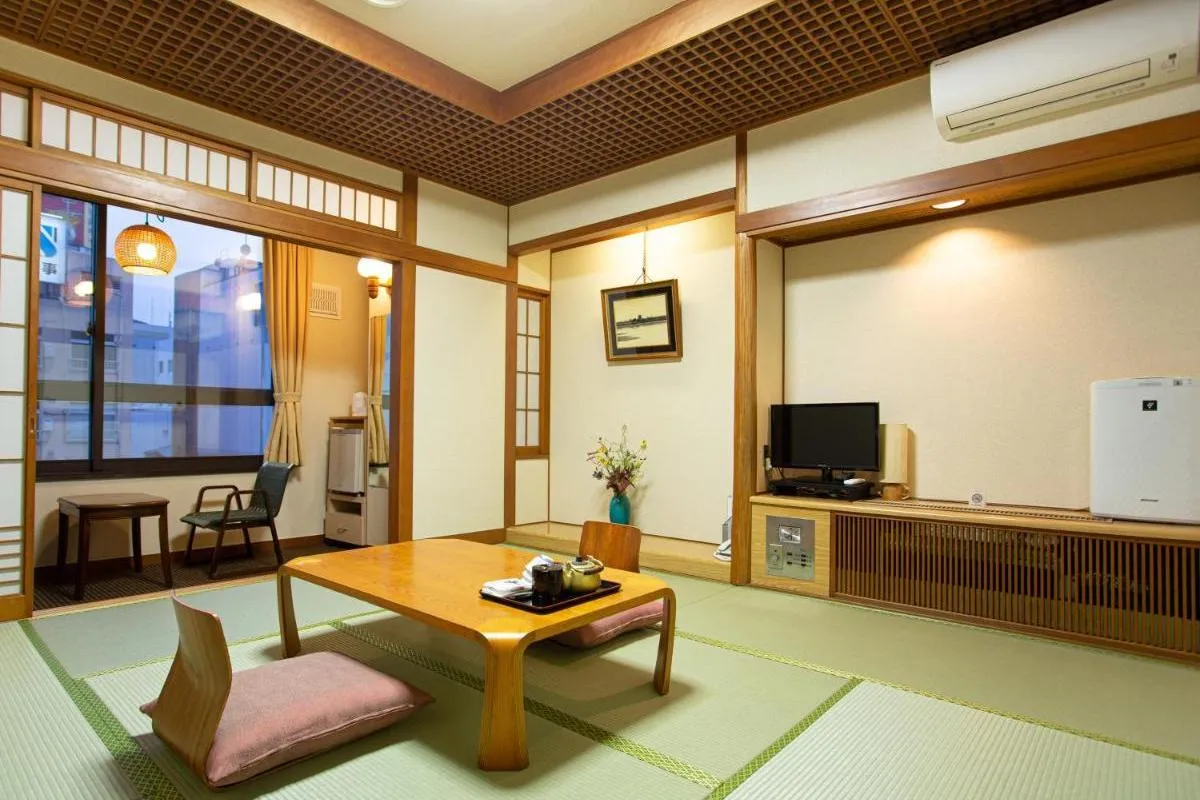
Capsule Hotels
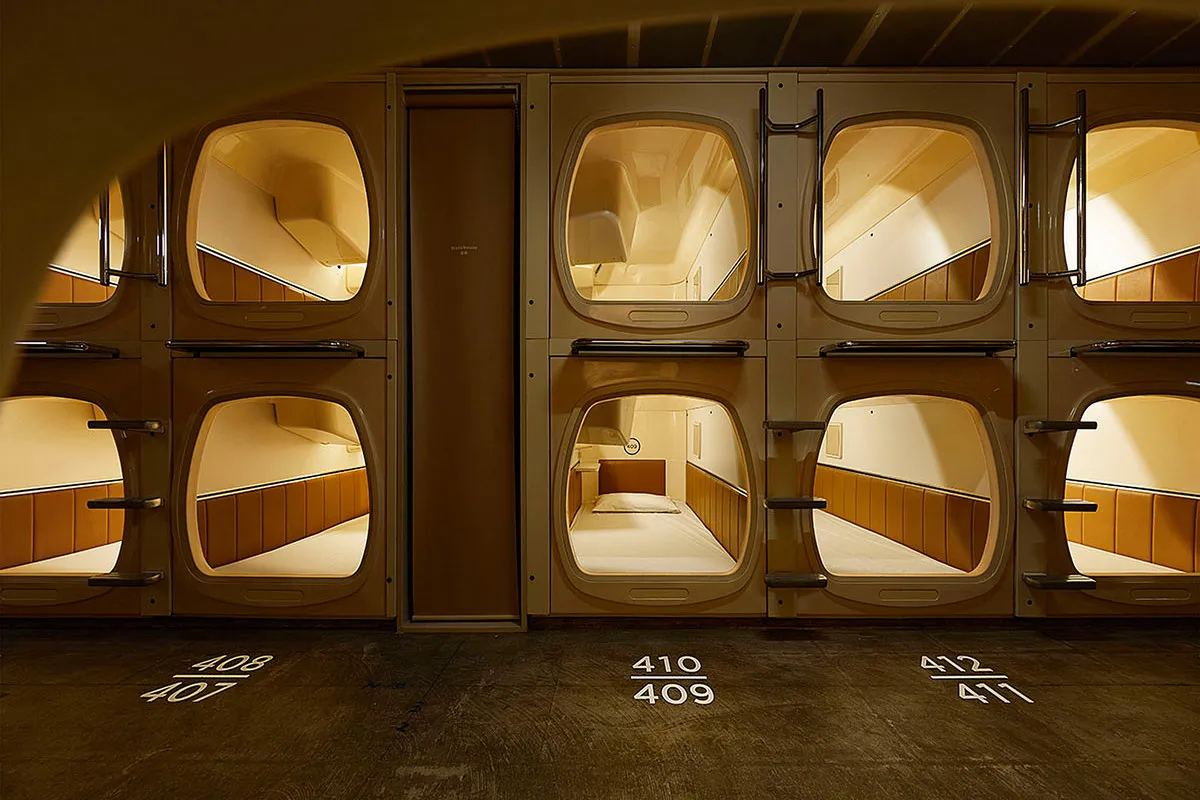
For the budget-conscious or the curious traveler, capsule hotels provide a uniquely Japanese experience. These offer small, pod-like sleeping spaces with shared facilities—efficient, clean, and surprisingly comfortable.
Temple Stays (Shukubo)
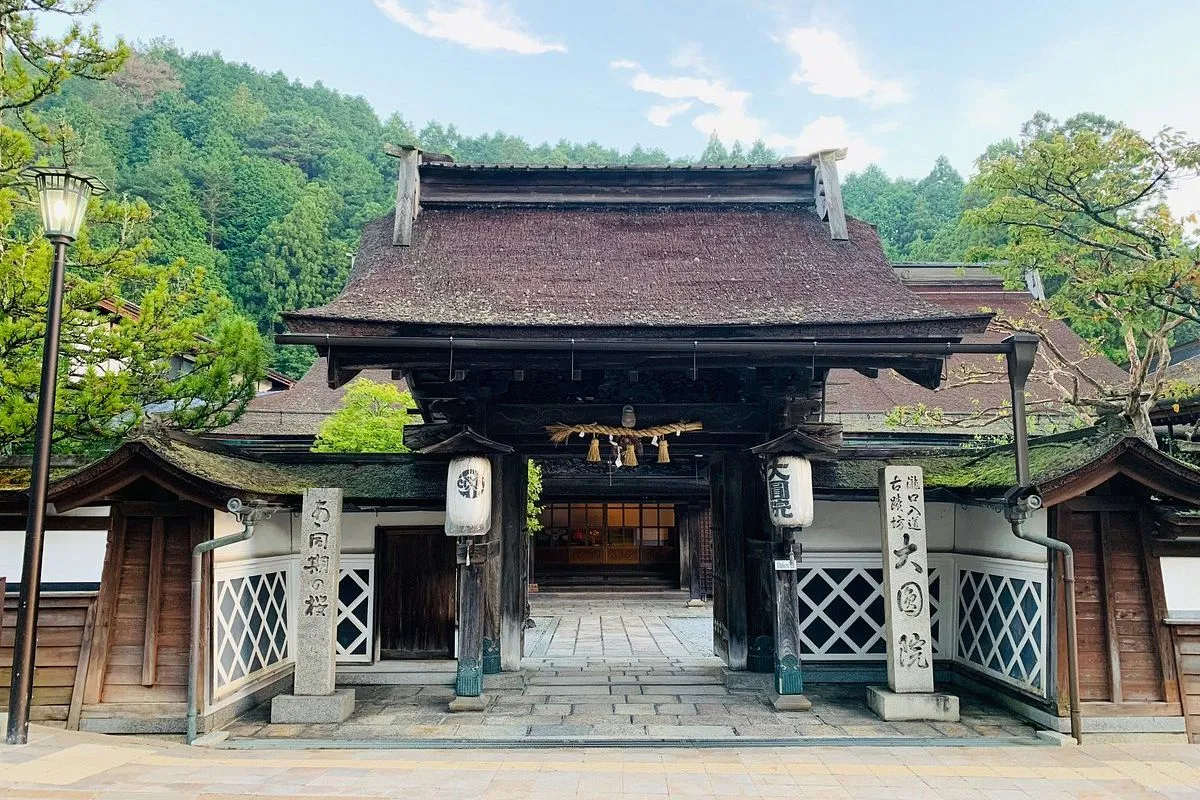
For a spiritual dimension to your journey, consider staying at a Buddhist temple. These accommodations offer meditation sessions, temple activities, and vegetarian temple cuisine (shojin ryori).
How to Choose the Right Accommodation
Consider Your Itinerary
If you’re visiting multiple regions in Japan, consider mixing your accommodation types. Perhaps enjoy a modern hotel in Tokyo’s bustling districts, then retreat to a traditional ryokan in Kyoto or a hot spring town.
Location Matters
Ryokans are often found in scenic areas, historic districts, or near hot springs, while modern hotels dominate city centers and transportation hubs. Think about what locations matter most for your trip.
Practical Considerations
Remember that traditional ryokans may present challenges for some travelers:
- Limited privacy with thin walls and sliding doors
- Sleeping on floor-level futons (challenging for those with mobility issues)
- Fixed meal times and set menus
- Fewer English speakers in more traditional establishments
Planning Tips
Booking Strategy
- Book ryokans well in advance, especially in popular destinations during high season
- Consider a ryokan stay during the week when rates are often lower
- Look for hotel deals on aggregator sites, but check hotel websites directly for special packages
- Join loyalty programs if staying at chain hotels
Language and Communication
Download translation apps before your trip, especially if staying in more traditional accommodations where English may be limited. Learning a few basic Japanese phrases will also enhance your experience and show respect for the culture.
Conclusion
Your accommodation choice in Japan can be as much a part of your travel experience as the destinations you visit. Whether you choose the cultural immersion of a traditional ryokan or the convenient comfort of a modern hotel, Japan’s legendary hospitality ensures you’ll be well cared for.
Consider splitting your stay between both types to enjoy the best of traditional and contemporary Japan. This approach provides a more complete picture of this fascinating country where ancient traditions and cutting-edge modernity exist in perfect harmony.
Keywords: Japan accommodation, traditional ryokan, Japanese hotels, onsen experience, tatami room, capsule hotel, kaiseki dinner, Japanese hospitality, Tokyo hotels, Kyoto ryokan, Japan travel tips, cultural accommodation, luxury hotels Japan, budget accommodation Japan, authentic Japanese experience, temple stay Japan, modern vs traditional Japan